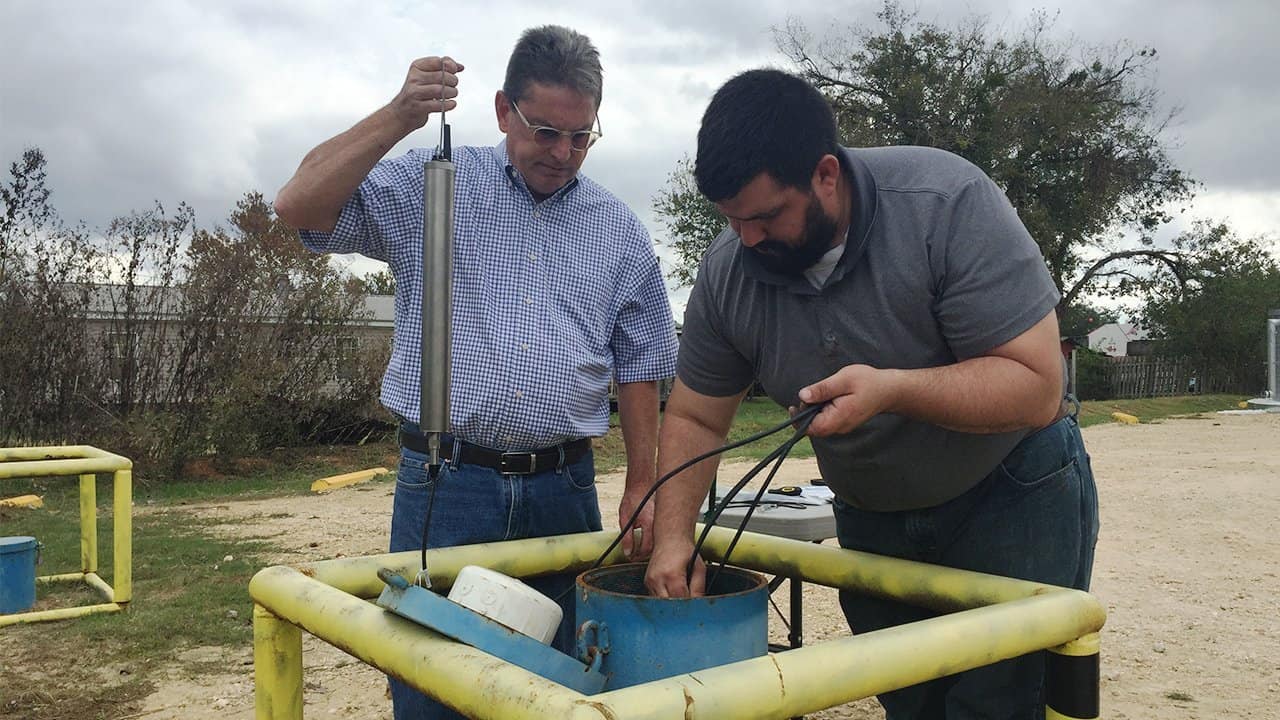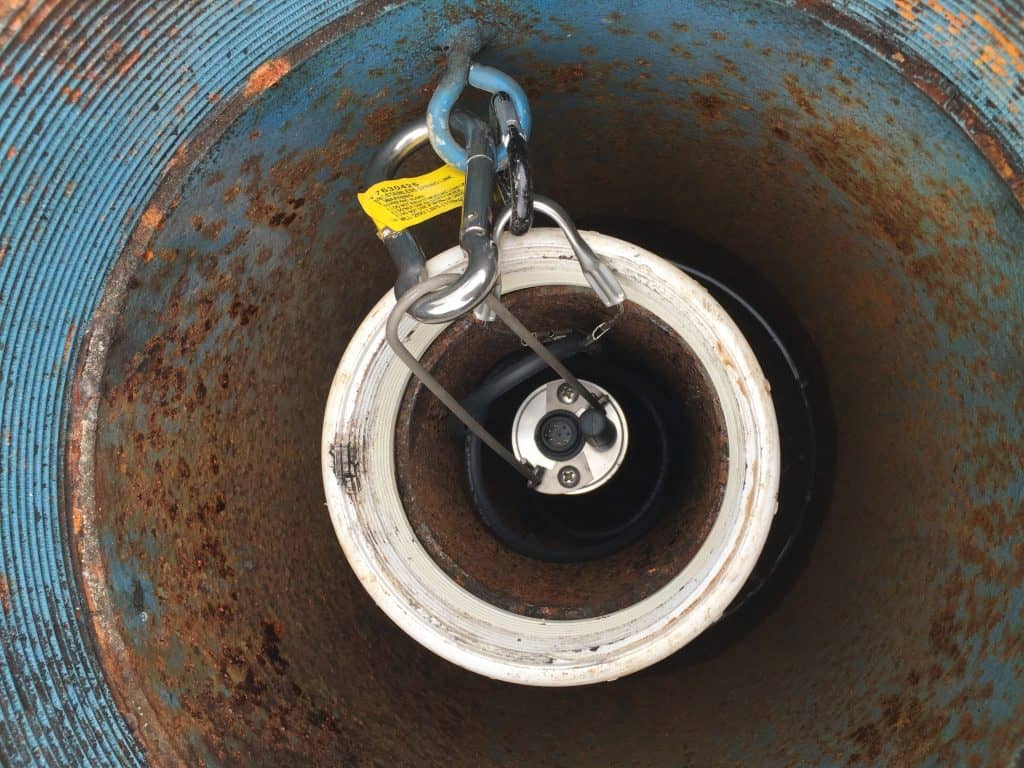Telemetry Offers Monitoring Advantages

The new telemetry system is in the first stages of being installed and tested. We installed the first transducer, which will be collecting and transmitting data. Adding telemetry technology into our monitoring system is one of the steps Post Oak Savannah GCD is taking to improve our Monitoring Network.
Telemetry is an automated process that measures and collects data at remote points and sends the data to receiving equipment for monitoring. The basic components of a telemetry system include sensors that measure and collect data, transmitters that are connected to the sensors and send the collected data to a database, and programs that turn data into useful information for system users.
Transducers, which include the sensors and transmitters, are installed within wells that continually record and send water level updates at specified times. They allow the District to receive real-time data from all wells that are part of the telemetry system.

Data will be collected every hour and sent via cellular data to an online data management application once daily.
Once the telemetry system is complete and online, users can visit our website to see daily updated water level readings throughout the District. Users will be able to select wells in separate formations (i.e., Simsboro Aquifer, Carrizo Aquifer, etc.) as well as by geographical location.
Bobby Bazan, POSGCD Water Resource Specialist, said the biggest advantage of the telemetry system is a cost-benefit to the District through reducing maintenance and travel requirements. Because data is collected remotely, staff will not have to drive out each time and manually check water levels at selected wells.
“Additionally, the system will increase the frequency of data readings,” Bazan said. “Users will be able to see daily, monthly and seasonal water readings throughout the District. Instead of a snap-shot in time, there will be a continuous inflow of water level data.”
Although the system allows us to increase frequency of readings while reducing the number of visits, staff will still go out regularly to check the accuracy of the measurements.
The system is scheduled to go online by January 2018.


